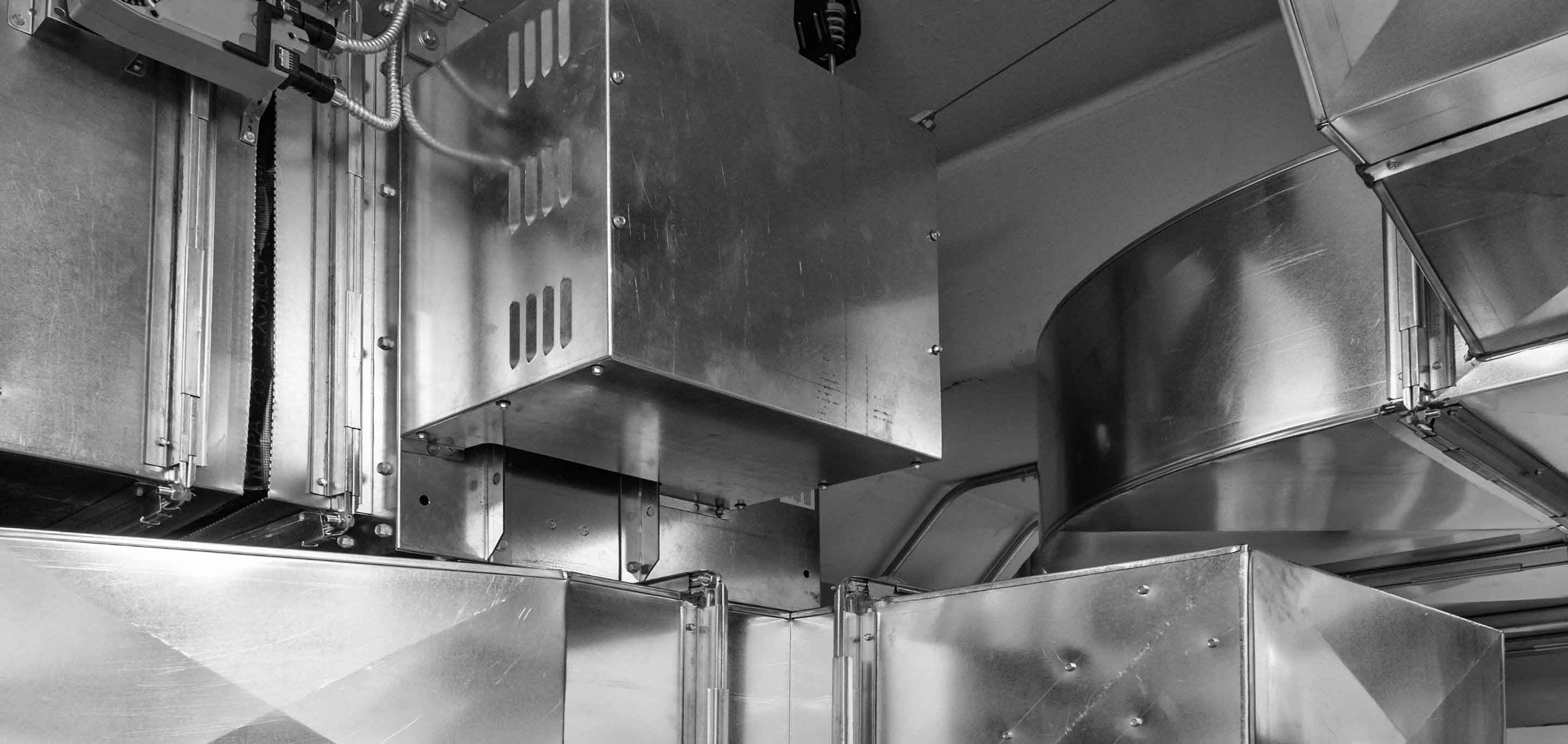The Vital Role of Fire Damper Testing
Within building maintenance and safety, robust fire prevention measures are foundational safeguards against potential hazards.

The Crucial Importance of Fire Damper Testing
Within building maintenance and safety, robust fire prevention measures are foundational safeguards against potential hazards. Fire dampers are essential for stopping fires from spreading in ventilation systems. They are crucial safety measures.
Fire dampers operate inconspicuously as indispensable elements within building infrastructure yet play a vital role in containing and suppressing fires. However, consistent fire damper testing is imperative to uphold their efficacy and reliability.
Testing fire dampers regularly ensures they are ready to respond to fire emergencies and keep buildings safe quickly. Building owners and managers can improve building safety by following testing and maintenance schedules for fire prevention systems. This will also help them meet regulatory standards.
Let's explore the significance of fire damper testing and its indispensable role in bolstering building safety.
Understanding Fire Damper Testing
Fire dampers are pivotal components meticulously installed within the intricate network of ventilation ducts that traverse buildings, serving as barriers against the relentless advance of fire and smoke. Engineered with precision, these indispensable safety mechanisms are strategically positioned to swiftly respond to a fire emergency's onset.
When triggered by heat or smoke detection systems, these dampers act autonomously, executing their critical function of sealing off airflow pathways within the ductwork. By effectively sealing off these conduits, fire dampers constantly contain the spread of flames and smoke, preventing their unchecked dissemination across different building sections.
In the event of a fire outbreak, the prompt closure of fire dampers plays a pivotal role in safeguarding the lives of occupants and mitigating property damage. These devices help people evacuate safely by slowing down flames and smoke in ventilation systems. They also prevent the fire from spreading to other parts of the building. Moreover, the containment of smoke ensures that evacuation routes remain clear and unobstructed, enhancing the efficiency of emergency response efforts.
Fire damper testing involves meticulously examining these devices to ascertain their functionality and integrity. This testing process typically encompasses the following:
1. Visual Inspection: Thoroughly assess the damper assembly to detect any signs of damage, corrosion, or obstructions.
2. Operational Testing: Activate the damper mechanism to verify its proper opening and closing functionality.
3. Airflow Assessment: Evaluation of airflow through the damper to ensure it conforms to specified limits when in the closed position.
4. Comprehensive Documentation: Detailed documentation of test results, including any necessary repairs or maintenance actions undertaken.
The Importance of Fire Damper Testing
1. Mitigating Fire Risks: Regular fire damper testing is instrumental in identifying potential issues or defects that could compromise the effectiveness of these devices during a fire emergency. By promptly addressing such problems, building owners and managers can mitigate fire risks and enhance safety.
2. Compliance with Regulations: Regulatory bodies and building codes often mandate periodic fire damper testing to ensure compliance with fire safety standards. Adhering to these requirements helps avoid legal liabilities and demonstrates a commitment to maintaining a safe environment for occupants. Fire damper testing requirements must be taken seriously and followed to a T to ensure the highest building safety and compliance.
3. Preserving Property and Assets: Properly functioning fire dampers are critical in containing fire and smoke within designated areas, thereby minimising property damage and protecting valuable assets.
4. Occupant Safety: By ensuring the reliability of fire dampers through regular testing, building owners prioritise the safety and well-being of occupants, providing them with added protection in the event of a fire.
Partnering with Professional Fire Damper Testing Services
Given the technical nature of fire damper testing and its importance in building safety, it's advisable to engage the services of qualified professionals. Companies like here at System Hygienics, we offer specialised fire damper testing services conducted by experienced technicians utilising advanced equipment and methodologies.
These services typically include:
• Thorough inspection and testing of all fire dampers within the ventilation system.
• Detailed documentation of test results, ensuring compliance with regulatory standards.
• Recommendations for necessary repairs or maintenance actions to ensure continued compliance and optimal performance.
Conclusion
In conclusion, fire damper testing is fundamental to building safety management. Building owners and managers can effectively mitigate fire risks, safeguard occupants, and protect property by adhering to regulatory requirements and regularly testing fire dampers. Partnering with professional fire damper testing services ensures thorough assessments and reliable maintenance, bolstering building safety and peace of mind.
Don't underestimate the importance of fire damper testing – it's a proactive step towards enhancing building safety and resilience against potential fire emergencies. Find out more information about the fire-damping service we offer by visiting here.

.png)
.png)
.jpg)